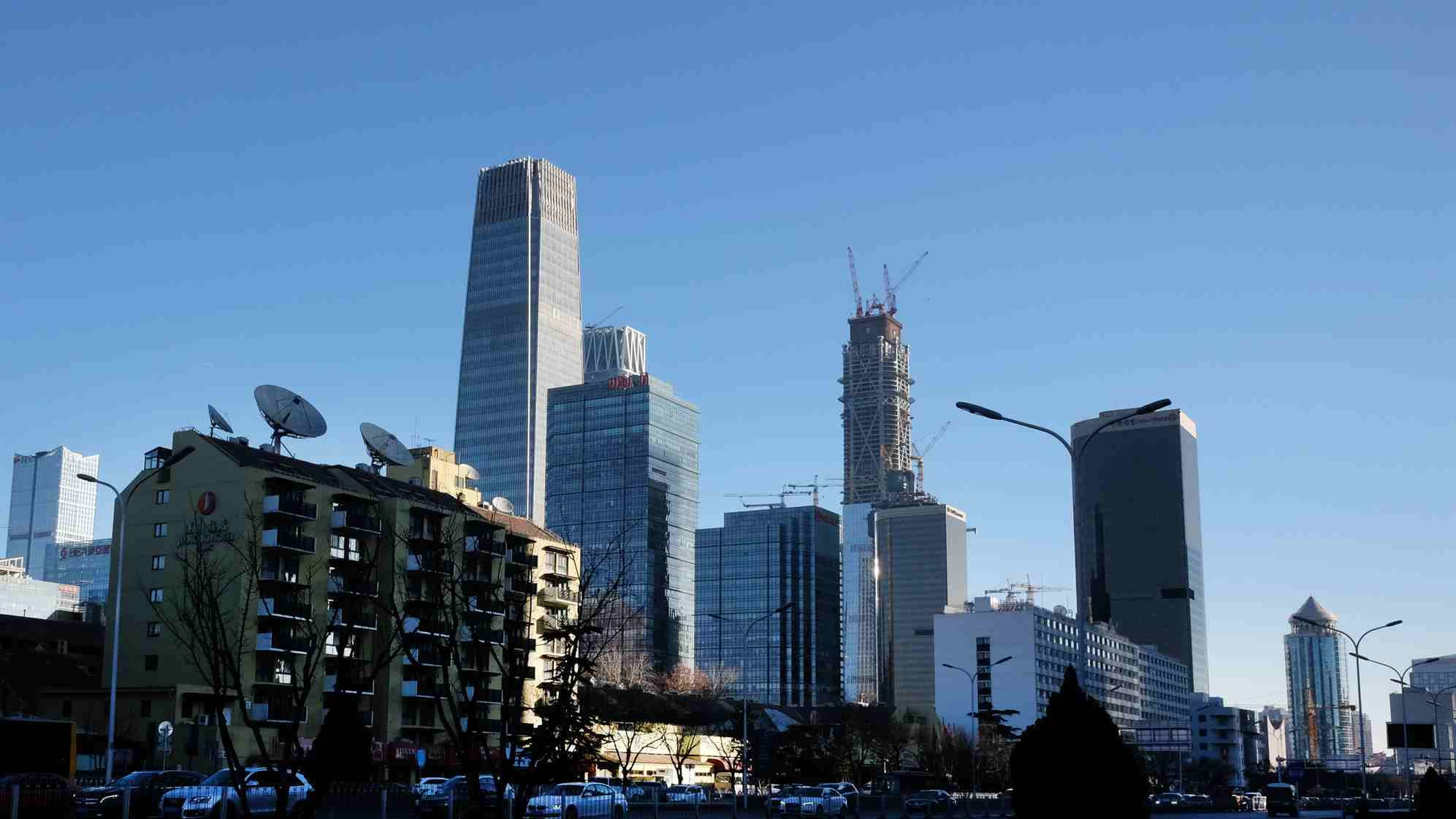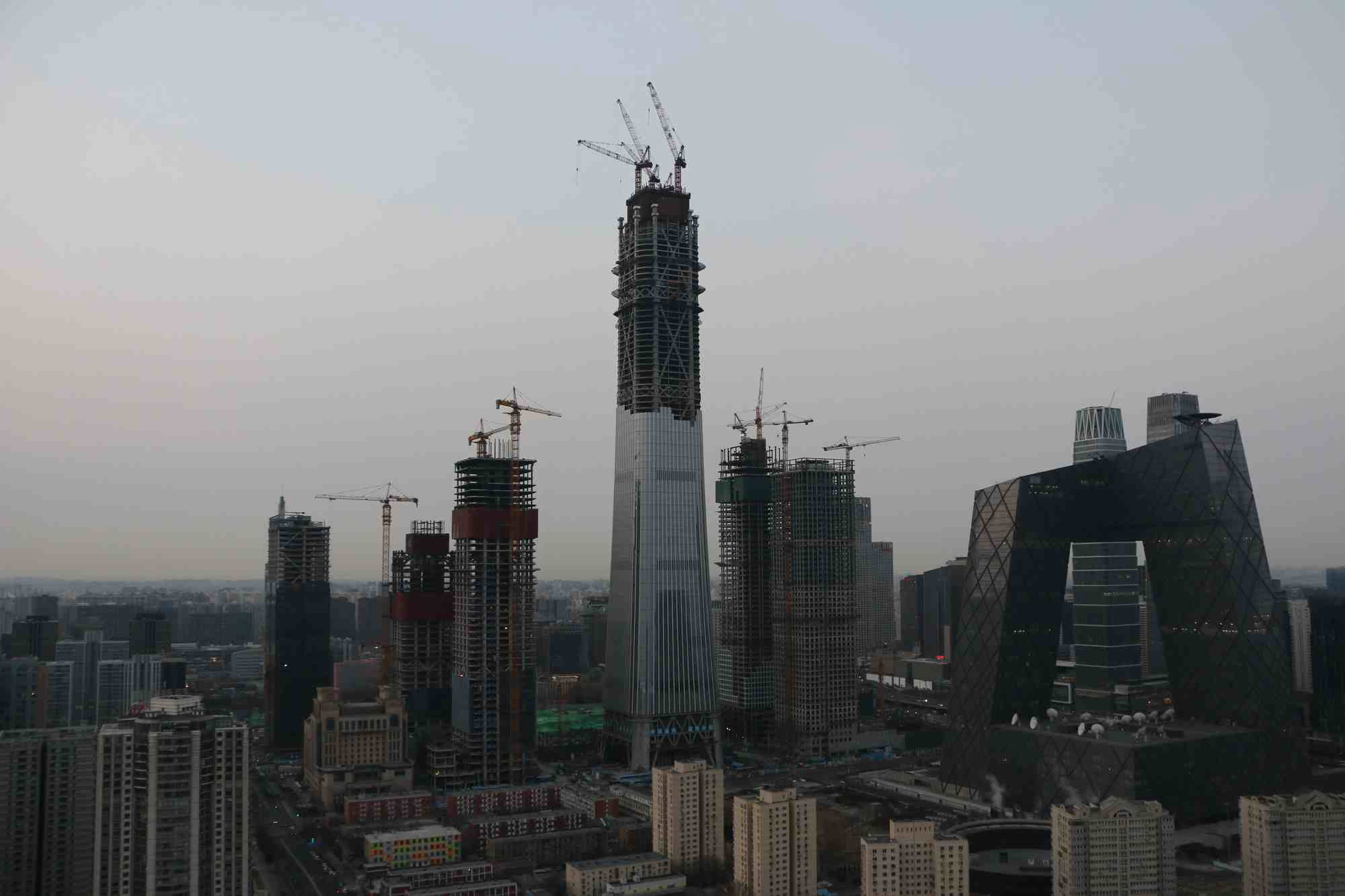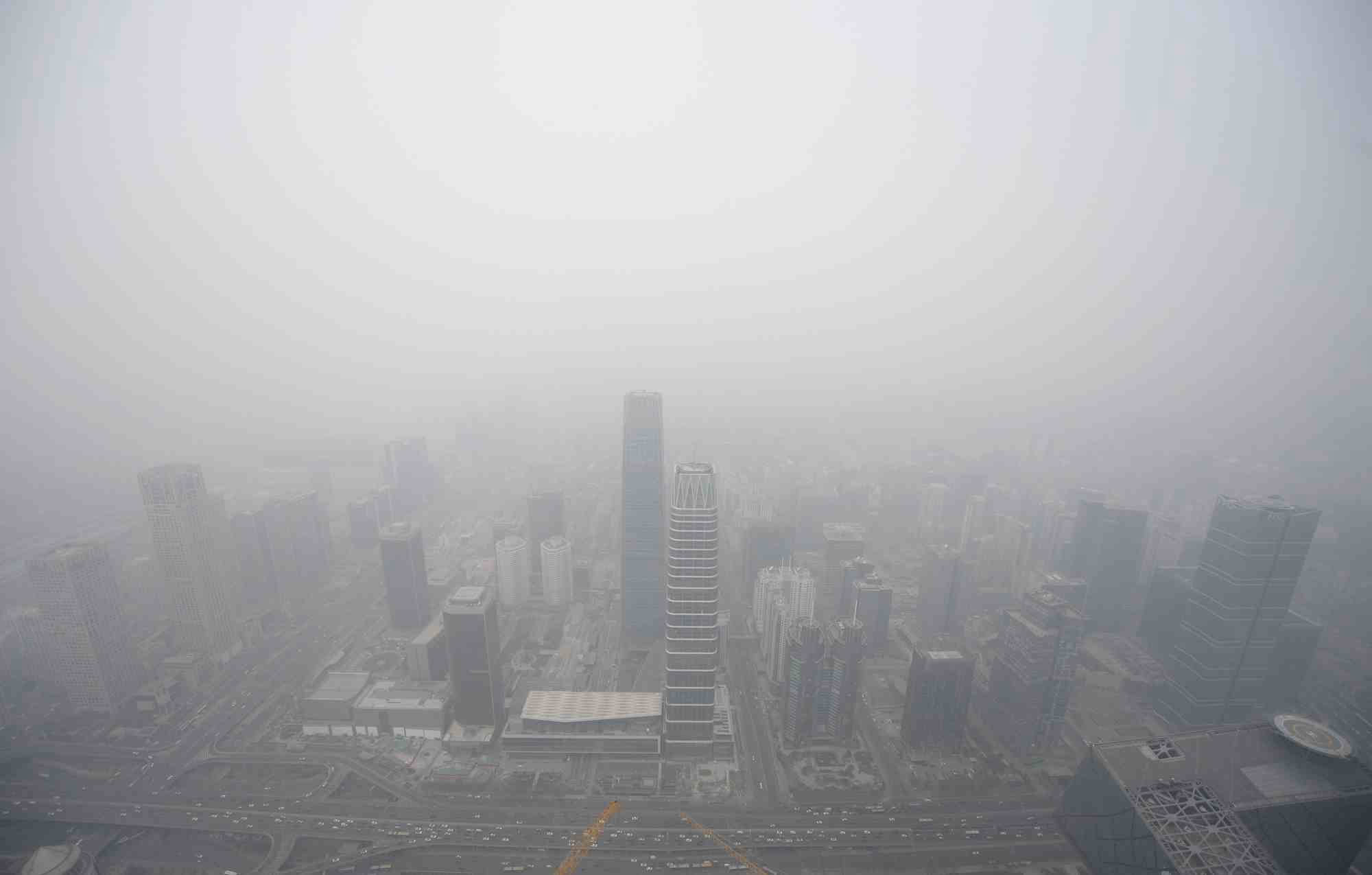
China
11:12, 08-Jan-2017
Beijing lifts air pollution alert after nine days
Updated
10:32, 28-Jun-2018

The smog that has shrouded vast areas of China for more than a week is expected to disperse on Sunday, thanks to a strong cold front later in the day.
The blast of air will affect northern China from January 8 to January 14, and there will be no consecutive smoggy days during this period, according to the national meteorological center.
The center forecast isolated days of mild air pollution on around January 11 in some areas.

CFP Photo
CFP Photo
At 8 p.m. on Saturday, the Beijing Municipal Environmental Protection Bureau lifted an orange alert – the second-highest level of China’s four-tier warning system for severe weather. The alert had been in place for nine days, marking the longest ever air pollution warning in the city.
China has a four-tier warning system for severe weather, with red being the most serious, followed by orange, yellow and blue.

CFP Photo
CFP Photo
Orange alerts are issued when the volume of tiny “PM2.5” particles in the air exceeds 200 micrograms per cubic meter for three consecutive days and exceeds 300 for a single day. With a width less than 2.5 micrometers, PM2.5 particles are particularly dangerous as they can penetrate deep into the lungs. An average PM2.5 reading of under 25 micrograms per cubic meter across 24 hours is considered safe by the World Health Organization.
Dozens of cities in northern China issued orange alerts, some even red, for the latest bout of polluted air. The orange alert in Beijing started from December 30 and was scheduled to be raised on January 1. However, with the smog lingering, it was postponed twice, first to January 4 and then to January 7.
During the alerts, half of all vehicles were kept off the roads, following an odd-even license number plate rule. Schools were shut, factories closed and construction activities suspended. Hundreds of flights were also disrupted and many freeways were closed due to low visibility in affected areas.

SITEMAP
Copyright © 2018 CGTN. Beijing ICP prepared NO.16065310-3
Copyright © 2018 CGTN. Beijing ICP prepared NO.16065310-3